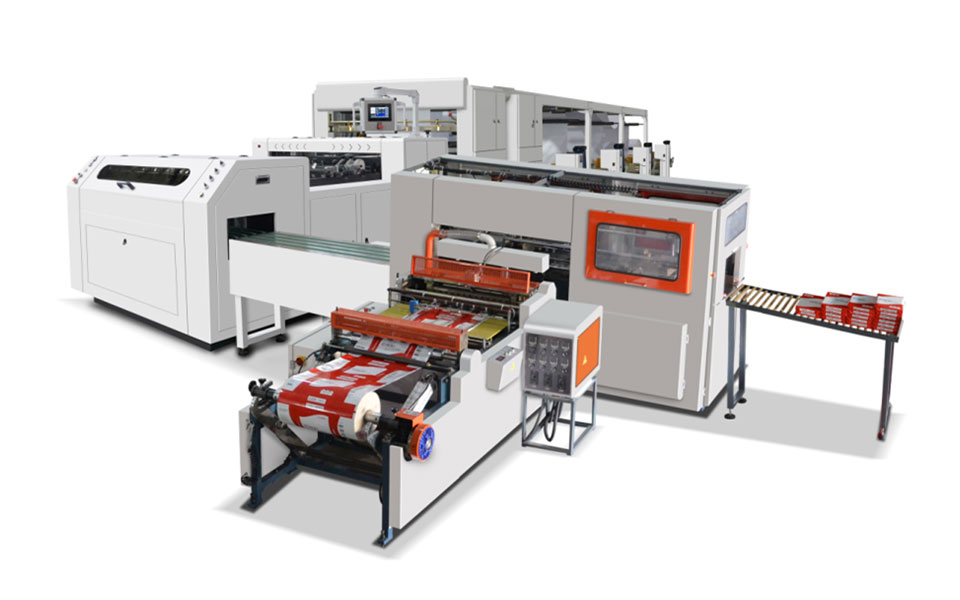A3/A4 Producing Line does not refer to a single device, but an overall system composed of multiple devices and systems, which is used to continuously and efficiently produce paper products of specified specifications. So how does it achieve automation? The process of realizing automatic control of A3/A4 production line involves multiple links and key technologies, mainly including the following aspects:

1. First, it is necessary to analyze the production requirements, process flow, equipment characteristics, etc. of A3/A4 production line in detail to clarify the goals and requirements of automatic control. Secondly, according to the results of demand analysis, plan the overall architecture of automatic control system, including control level, communication mode, equipment interface, etc.
2. Select appropriate control components, such as sensors, actuators, PLC (programmable logic controller), etc. These components are the basis for realizing automatic control.
According to the complexity and control requirements of the production line, select the appropriate PLC model, and perform corresponding hardware and software configuration. Then write the PLC control program, and design reasonable control logic and algorithm according to the process flow and control requirements of the production line. This includes input signal processing, control logic judgment, output signal control, etc. It is best to debug the program after the PLC programming is completed to ensure that the program can be executed correctly and meet the control requirements of the production line. Multiple modifications and optimizations may be required during the debugging process.
1. Sensor installation and debugging: Install the sensor at the key position of the production line to detect various parameters and states on the production line. Debug the sensor to ensure that it can accurately and reliably transmit information to the PLC.
2. Actuator connection and control: Connect the actuator (such as motor, cylinder, etc.) to the PLC, and drive the actuator to complete the corresponding action through the control signal sent by the PLC.
Interface design: Develop a human-machine interface (HMI) to provide an intuitive and friendly operating platform for operators. The interface should display the operating status, parameter settings, fault alarms and other information of the production line.
Interactive function: Realize the interactive function between the operator and the automation control system, such as parameter setting, start/stop control, fault handling, etc.
Equipment communication: Realize communication between various devices in the production line to ensure accurate transmission and sharing of information. This can be achieved through industrial Ethernet, fieldbus, etc.
Remote monitoring: Through network technology, remote monitoring and management of the production line can be realized. Enterprises can understand the operating status and production efficiency of the production line in real time, and conduct remote troubleshooting and processing.
Integrate the automation control system with the production line to ensure that the connection between the devices is correct and reliable. Secondly, debug the entire automation control system, including equipment linkage debugging, functional testing, etc., to ensure that the system can operate normally and meet production needs.
Through the above steps, the A3/A4 production line can achieve automated control, improve production efficiency, reduce labor costs, and improve product quality and stability. In actual applications, enterprises can also carry out customized design and optimization according to their own needs and conditions.

GET A QUOTE